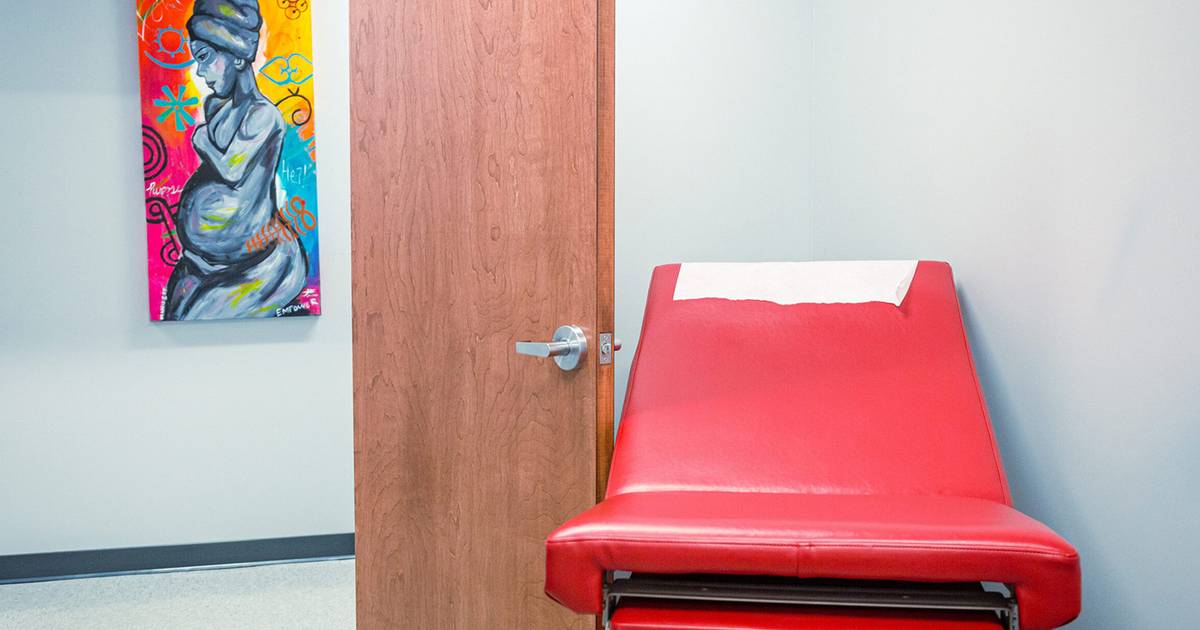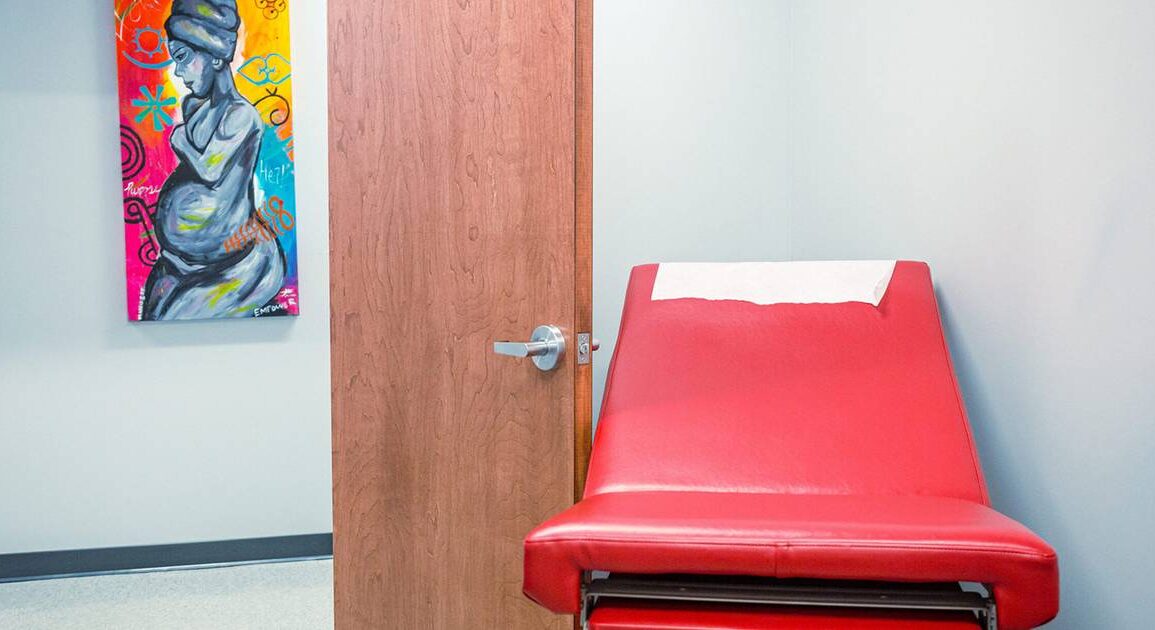
In 2020, Dána Langford read an analysis from Bloomberg CityLab that found her hometown Cleveland, Ohio, ranked second to last among major cities in the US for Black women’s health outcomes.
As a certified nurse midwife, Langford was already well aware of the health disparities Black women face in the US, particularly when it comes to maternal mortality. Black patients in the US are nearly 3x as likely to die during childbirth and 50% more likely to give birth prematurely compared to white patients, according to the CDC.
In her 16-year career, Langford has been on “numerous” committees formed to address such inequities.
“However, as I sat in these conversations, nobody in the room looked like the community that was being ravished by the disparities of infant and maternal mortality, and a lot of the solutions were coming from Black-led organizations, but they were being told no,” Langford told Healthcare Brew.
Taking action
In response, Langford founded the Village of Healing, an Ohio-based health center tailored to Black women. The center’s first location opened in 2022 in Cleveland’s Euclid neighborhood.
At the time, she told us she aimed to see around 40 ob-gyn patients per year. Within a year, however, the health center had seen about 640 patients, and Langford saw the need to expand beyond ob-gyn care, so the health center added mental health care, primary care, and pediatrics units.
In 2024, Village of Healing had more than 2,800 patient visits, treating people of all ages, Langford said. About 90% of the health center’s patients were Black, 8% were white, and 2% were other races.
Today, Village of Healing has 17 employees across its two clinics, the second of which is in Cleveland’s Shaker Heights neighborhood, and a third clinic is expected to open in Youngstown later this year.
One of the health system’s core tenants is providing culturally sensitive care, and that starts with employing providers who look like the patients they’re treating, according to Langford.
Amber Black, the center’s medical director and family nurse practitioner, told Healthcare Brew many of her patients have told her she’s the first Black provider they’ve ever seen.
“Many of our patients haven’t been seen in years because they felt fearful or scared that they were going to be mistreated or be told something that they don’t understand,” Black said. “When we talk about culturally sensitive [care], it starts with being able to feel connected.”
Money troubles
While Village of Healing has seen high demand for its services, it’s still a challenge to keep a small health center afloat financially, Langford said.
Two grants—one from the Elisabeth Severance Prentiss Foundation, a charitable trust focused on advancing healthcare in Cleveland, and one from Saint Luke’s Foundation, which focuses on improving health equity in Cuyahoga County—initially got Village of Healing off the ground.
The health center still relies primarily on grants from private foundations to operate, according to Langford, and a portion of its revenue comes from traditional fee-for-service reimbursement.
Navigate the healthcare industry
Healthcare Brew covers pharmaceutical developments, health startups, the latest tech, and how it impacts hospitals and providers to keep administrators and providers informed.
In addition to billing through insurance, Village of Healing has a self-pay option that offers uninsured or underinsured patients “competitive pricing” on healthcare services. The center also offers a membership plan so patients can pay a flat rate for a month of appointments, Langford said.
The health center is also working to get funding for research as a way to gain an additional revenue stream, according to Langford.
But she expects funding and reimbursement to be an ongoing challenge, as “we’re entering into an unpredictable time, and a lot of funding is being frozen, especially if you mention the word ‘Black.’”
The Trump administration on Jan. 20 issued an executive order banning grants related to diversity, equity, and inclusion, though a federal judge in February blocked that order from being enforced.
The long-term plan
While funding is currently a challenge, Langford believes Village of Healing’s model focusing on holistic and preventive care will eventually pay off.
For example, Black said she focuses on getting to know her patients and creating individualized care plans for their unique situations. This approach has led to 98% of her diabetic patients maintaining an A1C (the average level of sugar in the blood) below seven, she said. In comparison, the Centers for Medicare and Medicaid Services sets the standard for well-controlled diabetes as an A1C below nine.
“We’re talking to this patient, and we’re getting what the priorities are in their life, and we’re basing the treatment plan on those goals,” Black said. “It’s not just, ‘Oh, your A1C is high, here’s a medication, see you in six months.’”
The care model has also resulted in a 92% full-term birth rate for Village of Healing over the past three years, according to Langford, which is well above the nearly 85% full-term delivery rate Black women saw nationwide in 2022, according to CDC figures.
But holistic treatment takes time—something providers don’t generally get a lot of. So, Langford set a daily limit of 18 patients per provider, less than the national average of 20.2 patients per provider per day, according to data from the Physicians Foundation.
“What we know is, in the end, this is going to be cost saving for healthcare because…we’re being proactive, and we see it in our data and our numbers,” she said.
Looking forward, both Langford and Black said they hope Village of Healing will serve as a national care model for reducing health disparities.
“I would like to see a Village of Healing in all the major Black communities around the US because I believe that this is something that we need,” Black said. “[Black people] have the highest rates of diabetes, high blood pressure, cancer, you name it. We need a place where we can say, ‘You can be healthy, and here’s how we start.’”



